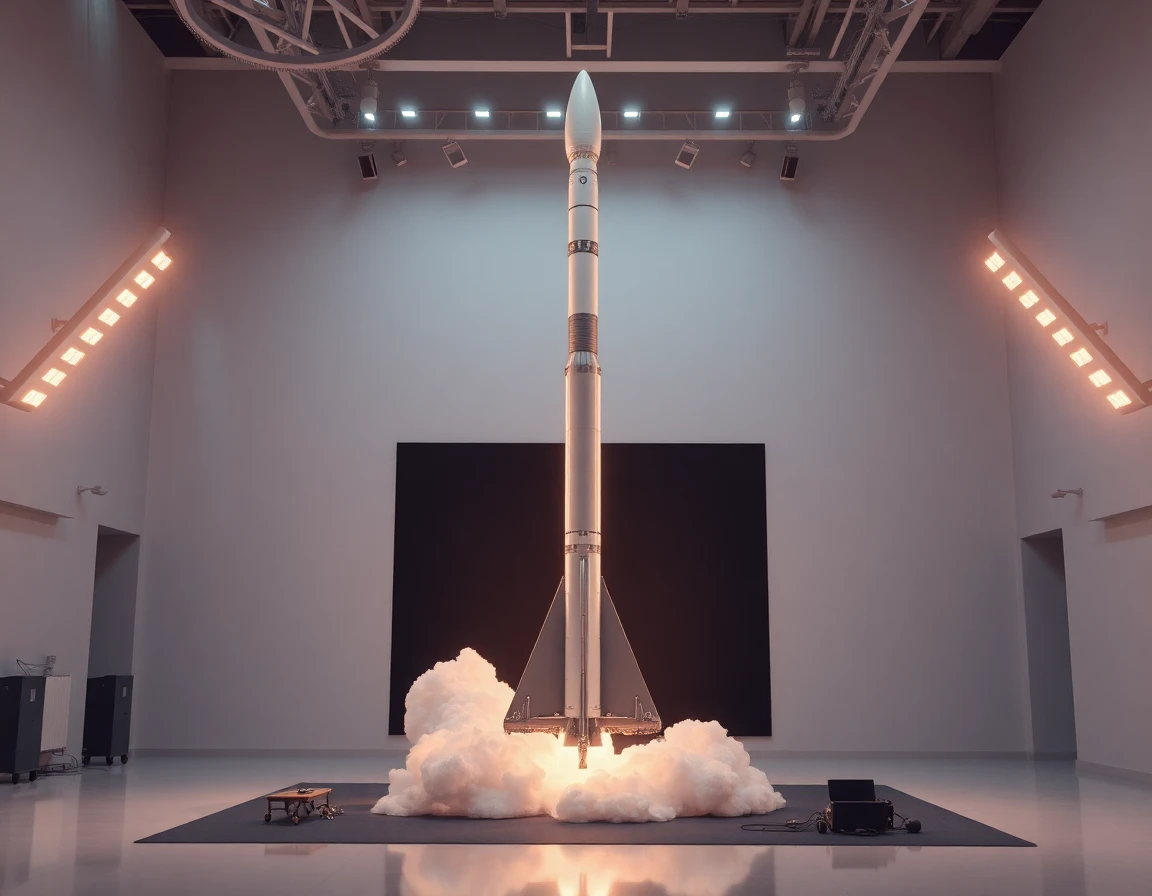The recent failure of the Alpha launch vehicle during its mission has been attributed to a critical structural failure caused by aeroheating. This incident highlights significant challenges in aerospace engineering, particularly concerning the thermal management systems that are essential for ensuring the integrity of spacecraft during launch.
Overview of the Alpha Launch Incident
On October 11, 2023, the Alpha rocket, developed by Astra Space, experienced a catastrophic failure shortly after lift-off. Preliminary investigations reveal that the rocket’s structural components could not withstand the extreme temperatures generated during its ascent. According to Astra’s engineering team, this failure can be traced back to inadequate thermal protection measures which allowed heat to compromise the vehicle’s structural integrity.
“The thermal dynamics during launch are incredibly complex, and our systems must be robust enough to handle these stresses,” said Dr. Emily Carter, a leading aerospace engineer and consultant. “This incident underscores the need for advanced thermal management systems that can adapt to changing conditions in real-time.”
The Role of Aeroheating in Aerospace Launches
Aeroheating occurs when a vehicle travels through the atmosphere at high speeds, generating significant thermal energy due to friction with air molecules. For launch vehicles like Alpha, the temperatures can reach thousands of degrees Celsius, necessitating sophisticated thermal protection systems to shield critical components.
In the case of Alpha, the failure points were identified in areas where the thermal management systems were either lacking or not adequately tested under expected conditions. This revelation brings to light the importance of employing high-performance thermal management systems that can reliably protect against such extreme environments.
Implications for Future Launches
The implications of this failure extend beyond the immediate concerns for Astra Space. The aerospace industry as a whole must reevaluate its design and testing protocols to prevent similar incidents in the future. Experts advocate for a more robust integration of inertial navigation systems and advanced sensor technologies that can provide real-time data on the structural condition of launch vehicles.
“We need to implement more rigorous testing of materials and design configurations under simulated launch conditions. This will help ensure that our vehicles can withstand the rigors of flight,” added Dr. Carter.
Advanced Technologies to Mitigate Risks
To mitigate the risks associated with aeroheating and structural failure, many aerospace companies are turning to cutting-edge technologies. For example, the integration of Compact Sensor Modules for Aerospace Applications can enhance the monitoring of structural integrity during launch. These high-performance inertial sensors are designed to operate in extreme conditions and provide critical data that can inform engineers about potential structural weaknesses before they become catastrophic failures.
Furthermore, employing advanced MEMS accelerometers can provide precise measurements of the rocket’s motion and orientation. Such data is invaluable in understanding how structural components respond to aerodynamic forces and thermal stresses, thereby improving design and safety protocols.
Conclusion
The Alpha launch failure serves as a stark reminder of the complexities involved in aerospace engineering and the critical importance of robust thermal management and monitoring systems. As the industry moves forward, integrating advanced technologies and improving testing methodologies will be paramount to ensuring the safety and success of future missions.
In light of this incident, aerospace engineers must prioritize innovation and adapt their practices to meet the evolving challenges of space travel. The future of aerospace hinges on our ability to learn from these failures and implement solutions that enhance the resilience of our launch vehicles.



